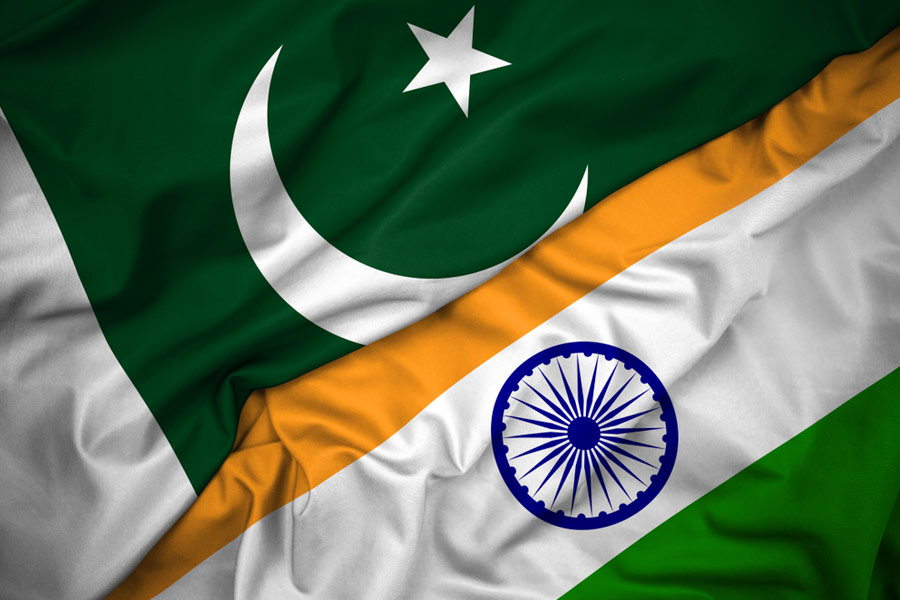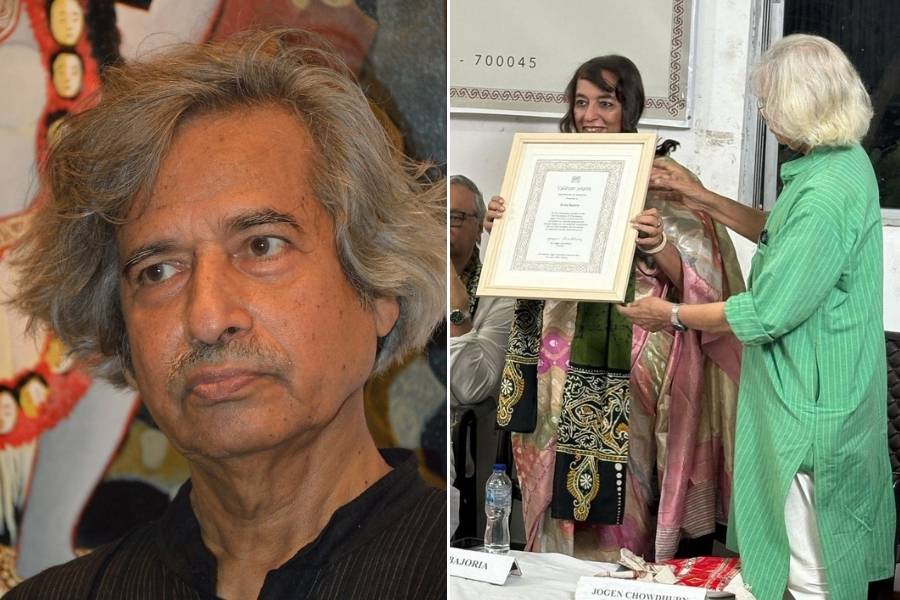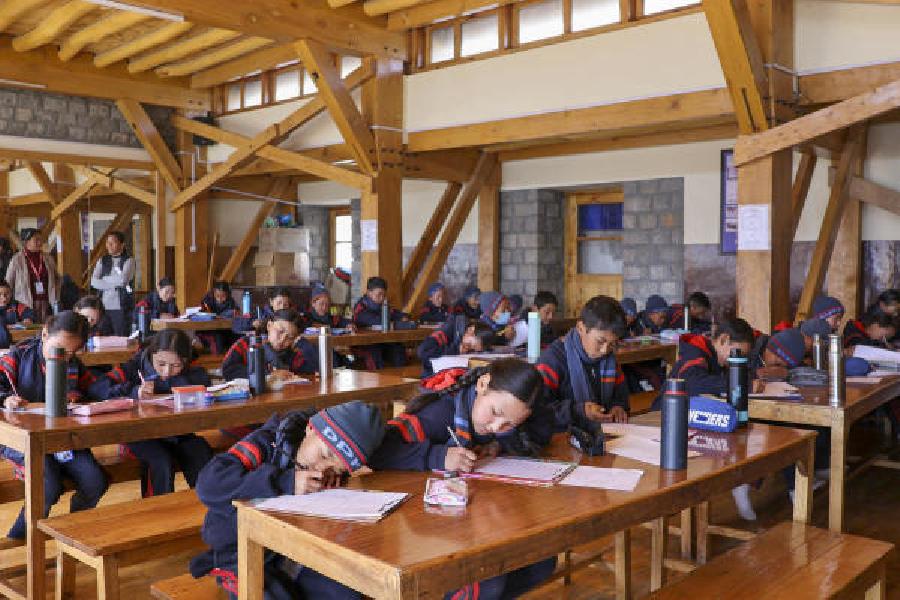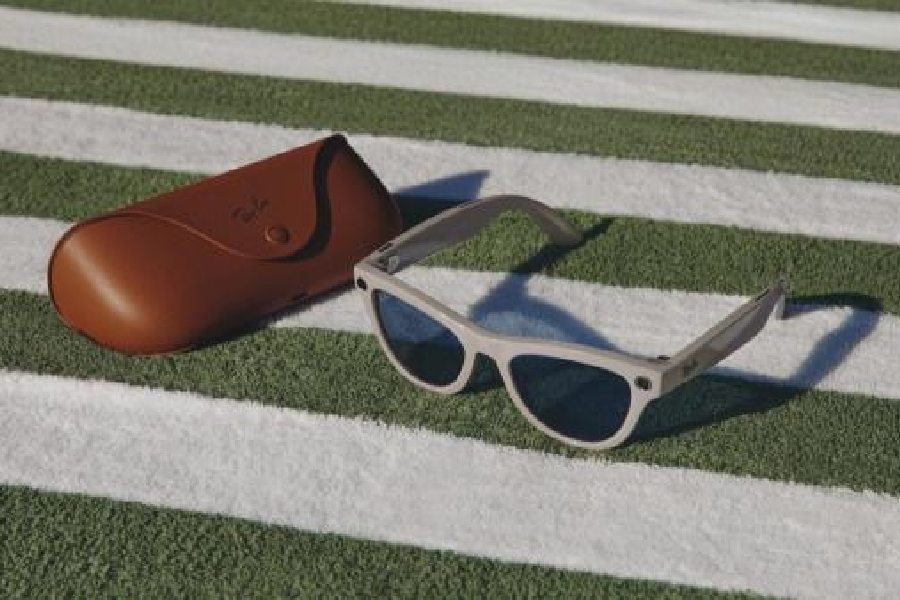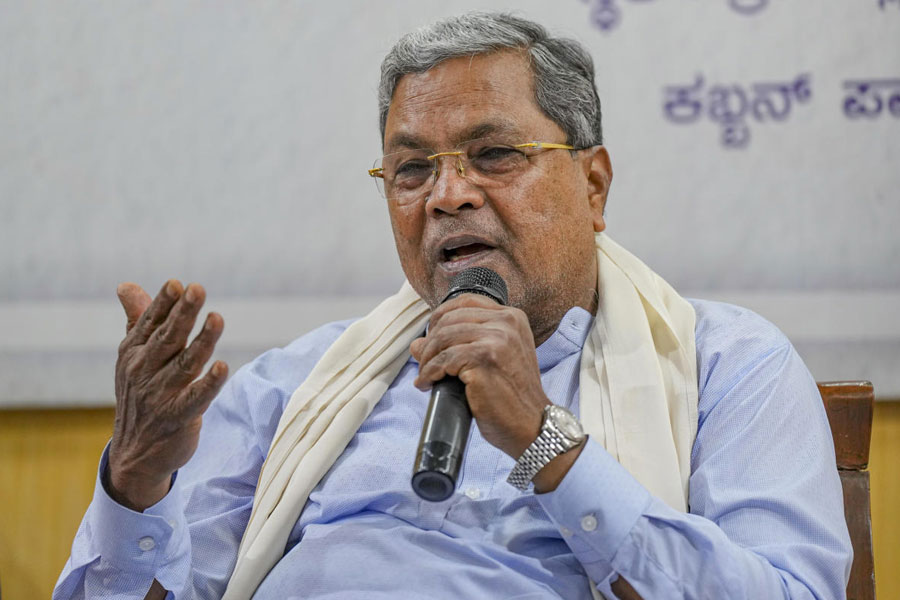 |
| A stone sculpture on the grounds of Peles Castle near Sinaia |
To tell the truth, I’ve always thought that Dracula was rather a dreadful character. Somehow I could never summon up much enthusiasm for a guy who looked suave by day and drank the blood of women by night. But horror exercises its own fascination and I couldn’t really turn down a trip to visit Transylvania, said to be the lair of the vampire count.
The chance to visit Transylvania came when I was invited to a wedding at Oradea, a town near the Hungary-Romania border. The wedding itself was a revelation. It started at midday and continued till midnight with lots of dancing to folk songs, drinking champagne and home-brewed palinka (a local brandy) and heaps of food.
The bride had organised our trip to Transylvania, the land of myths and mystery, which lies in central Romania. From the little station at Oradea, the train started for Sinaia, a mountain resort town nestling in the Carpathian Mountains. After an overnight journey, morning dawned to display the beauty of the landscape. In fact, the name Transylvania means ‘land beyond the forest’.
Sinaia is a pretty town that reminded me of some hill stations in India — only it was much cleaner. Casa Wenge, the villa, which was to be our home for two days, was beautifully done up and well-equipped. We downed a hurried breakfast and took off to explore the town.
Our first stop was the Rasnov Fortress, built 800 years ago over the Bran Pass, an ancient trade route. Invasions at different times, particularly by the Ottoman Turks, made the villagers build this ‘peasant fortress’.
We also explored a labyrinth of caves nearby. A little girl on holiday from school offered to show us around the caves “from the Jurassic age”.
 |
| The legendary Bran Castle in Transylvania, said to be the home of Count Dracula; (below) Tourists strolling along a street in Sinaia |
 |
But we had to make it to Dracula’s castle, some 15km away. So we hurriedly ate up some heavenly mamaliga — cornmeal porridge with fish, a traditional Romanian dish.
Romania is full of medieval castles and churches. Bran Castle, built in 1377, is the setting for Bram Stoker’s work of horror fiction centred on Count Dracula — Transylvania’s main claim to fame. Bran Castle was teeming with tourists, restaurants and stalls with Dracula mementoes on sale everywhere. Clearly, horror sells!
The Gothic-style castle atop a hill looked almost fairytale-like. Scholars say that the character is based on Vlad III who ruled in the Wallachia region of Romania in the 15th century. He was feared by the invading Turks who called him Vlad Tepes, or Vlad the Impaler, because he punished victims by impaling them on stakes. Between 40,000 and 100,000 people are reckoned to have been killed this way, understandably earning him the reputation of being bloodthirsty. Interestingly, the locals regarded him as a hero who fiercely defended his land.
As to the name Dracula, it comes from a secret band of knights called Order of the Dragon, created by the Hungarian emperor Sigismund to uphold Christianity. Vlad’s father, who wore the society’s emblem, came to be known as ‘Vlad Dracul’ or ‘Vlad the dragon’ (in Romanian, the word for dragon is ‘drac’) and Vlad III became Vlad Dracula, or ‘the son of the dragon’.
Despite the Dracula connection, Vlad III hardly lived in Bran Castle, we were told, preferring other castles. But Bran Castle does have another claim to fame — it was the royal residence of Queen Marie of Romania from 1920 to 1957. It’s now a museum where her collection of furniture and weapons are displayed. However, there’s no getting away from thoughts about vampires — especially when you are negotiating the narrow winding stairways.
The next day was reserved for Peles Castle, also in Sinaia and said to be one of the most beautiful buildings of its kind in the region. The castle was commissioned by King Carol I in 1873 and was designed in the German neo-Renaissance style. Of its 160 rooms, 35 can be viewed — the intricate wood carvings were beautiful.
The castle is magnificently appointed with Murano crystal chandeliers and German stained-glass windows in different rooms. There’s an Indian connection too. The furniture in the Music Room is carved out of teak, a gift to King Carol I from the Maharajah of Kapurtala. Peles was also the first European castle to have electricity produced by its in-house plant.
That afternoon, we took a cable-car ride that gave us a panoramic view of Sinaia and the valley. That was followed by a delicious lunch of baked trout with roasted vegetables, and a walk around the pretty town to pick up gem stone jewellery — it was a great way to bid adieu to beautiful Transylvania.
Ready reckoner
Getting there: Regular flights to Bucharest are available from Mumbai, Delhi and Chennai. From Bucharest, catch inter-city trains to Sinaia (120km). Go to www.infofer.ro' www.infofer.ro.
Staying there: Accommodation to suit all budgets are easily available. You can also find villas equipped with barbecues.


